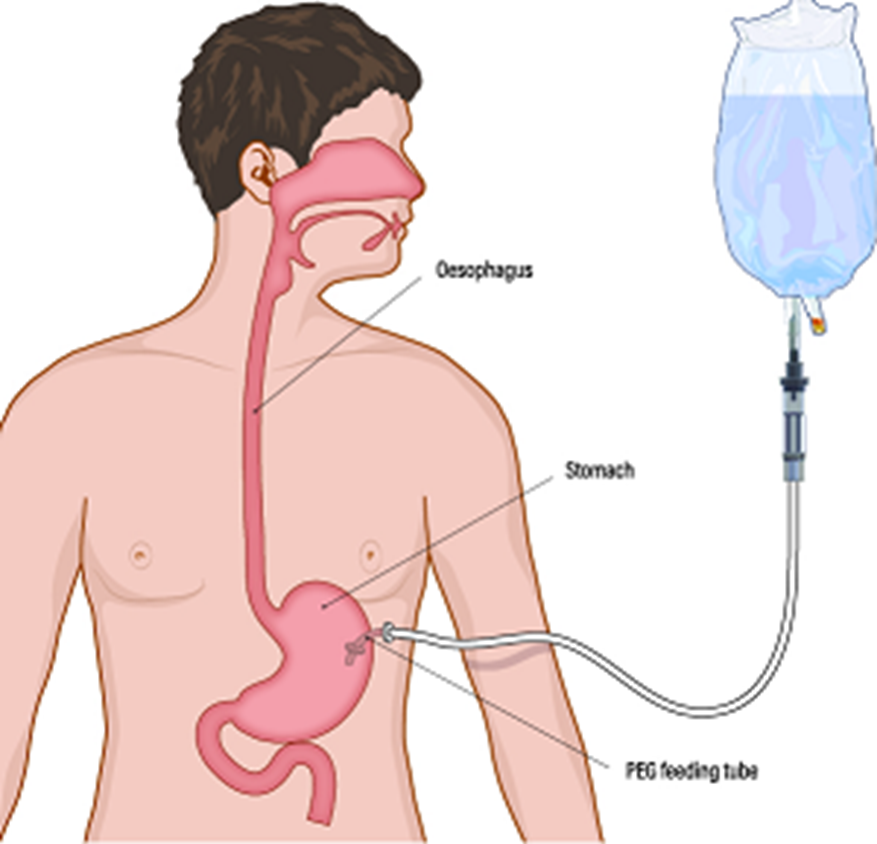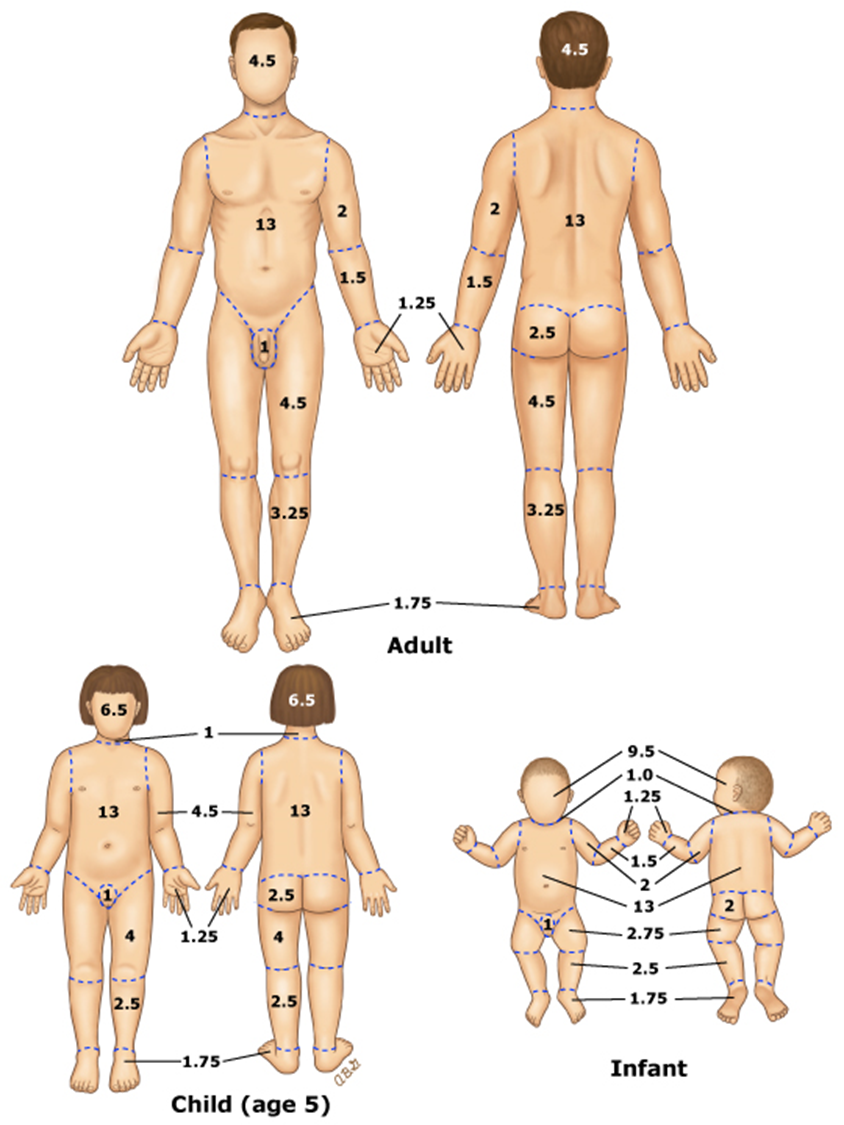The charge nurse observes a new nurse during the administration of two different liquid medications at once through a gastrostomy tube used for enteral feeding. The charge nurse observes the new nurse's actions, as seen in the video.
What action(s) should the charge nurse take? (Select all that apply.)
Encourage the novice to flush the tube with more water.
Instruct the novice to administer each medication separately.
Add the liquid volumes when documenting fluid intake.
Confirm that the novice determined the amount of gastric residual.
Advise the novice to use the plunger when giving medications.
Correct Answer : A,B,D
Choice A reason: This is a correct answer because flushing the tube with more water is important to prevent clogging and maintain hydration. The novice should flush the tube with at least 15 mL of water before and after each medication, and between medications if more than one is given.

Choice B reason: This is a correct answer because administering each medication separately is important to prevent interactions and ensure accurate dosing. The novice should not mix different medications in one syringe or container, but give them one at a time, followed by water flushes.
Choice C reason: This is not a correct answer because adding the liquid volumes when documenting fluid intake is not necessary. The liquid medications do not count as fluid intake, but as medication administration. The novice should document the type, dose, route, and time of each medication given, as well as any adverse effects or complications.
Choice D reason: This is a correct answer because confirming that the novice determined the amount of gastric residual is important to assess tolerance and prevent aspiration. The novice should aspirate the gastric contents with a syringe before giving any medication or feeding, and measure and document the volume. If the volume is more than 100 mL or the prescribed amount, the novice should hold the medication or feeding and notify the healthcare provider.
Choice E reason: This is not a correct answer because advising the novice to use the plunger when giving medications is not recommended. The novice should use gravity to deliver the medications through the tube, by holding the syringe upright and allowing the liquid to flow slowly. Using the plunger can cause too much pressure and damage the tube or cause discomfort to the client.
Nursing Test Bank
Naxlex Comprehensive Predictor Exams
Related Questions
Correct Answer is C
Explanation
Choice A reason: This is incorrect because 18% is the percentage of body surface area for the entire anterior trunk, not just the lower extremities.
Choice B reason: This is incorrect because 45% is the percentage of body surface area for the entire anterior and posterior trunk, plus the head and neck, not just the lower extremities.
Choice C reason: This is correct because 9% is the percentage of body surface area for the anterior surfaces of both lower extremities, according to the rule of nines.

Choice D reason: This is incorrect because 36% is the percentage of body surface area for the entire anterior and posterior surfaces of both lower extremities, not just the anterior surfaces.
Correct Answer is A
Explanation
Choice A reason: Obtain a capillary glucose level. This is the first action that the nurse should do, as it can diagnose hypoglycemia, which is a low blood sugar level that can cause jitteriness and tachypnea in newborns. Hypoglycemia can be caused by maternal diabetes, prematurity, infection, or delayed feeding. The nurse should check the glucose level using a heel stick and a glucometer.
Choice B reason: Feed 30 mL of 10% dextrose in water. This is not the first action that the nurse should do, as it may not be appropriate for all newborns with jitteriness and tachypnea. Feeding 10% dextrose in water can raise the blood sugar level, but it may also cause rebound hypoglycemia or fluid overload. The nurse should feed only after confirming hypoglycemia and obtaining a healthcare provider's order.
Choice C reason: Wrap tightly in a blanket. This is not the first action that the nurse should do, as it may not address the underlying cause of jitteriness and tachypnea in newborns. Wrapping tightly in a blanket can prevent heat loss and conserve energy, but it may also impair breathing or circulation. The nurse should wrap only after ruling out other causes of jitteriness and tachypnea.
Choice D reason: Encourage the mother to breastfeed. This is not the first action that the nurse should do, as it may not be feasible or effective for all newborns with jitteriness and tachypnea. Breastfeeding can provide nutrition and bonding for newborns, but it may also be difficult or contraindicated for some newborns with respiratory distress or infection. The nurse should encourage breastfeeding only after assessing and stabilizing the newborn's condition.
Whether you are a student looking to ace your exams or a practicing nurse seeking to enhance your expertise , our nursing education contents will empower you with the confidence and competence to make a difference in the lives of patients and become a respected leader in the healthcare field.
Visit Naxlex, invest in your future and unlock endless possibilities with our unparalleled nursing education contents today
Report Wrong Answer on the Current Question
Do you disagree with the answer? If yes, what is your expected answer? Explain.
Kindly be descriptive with the issue you are facing.
